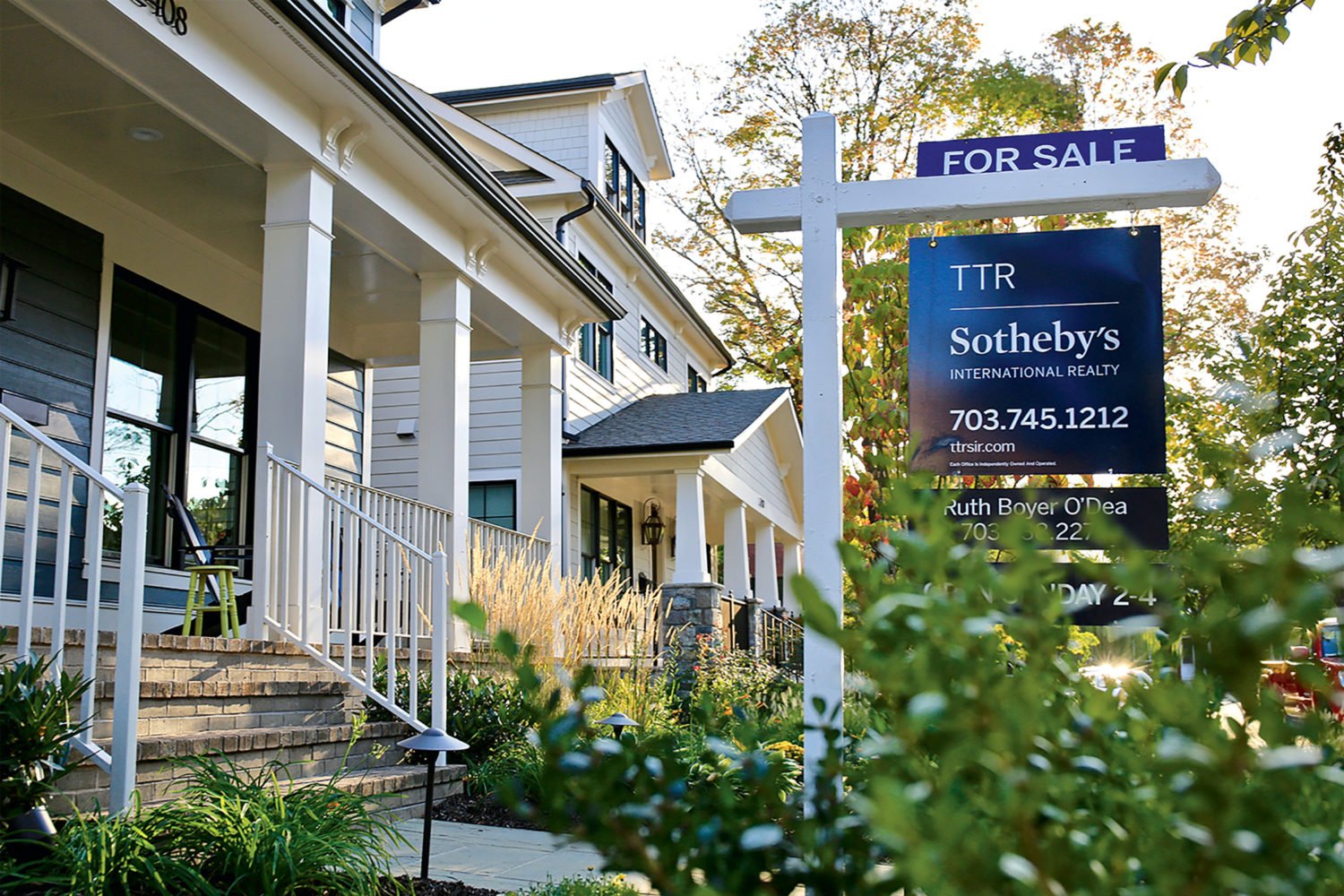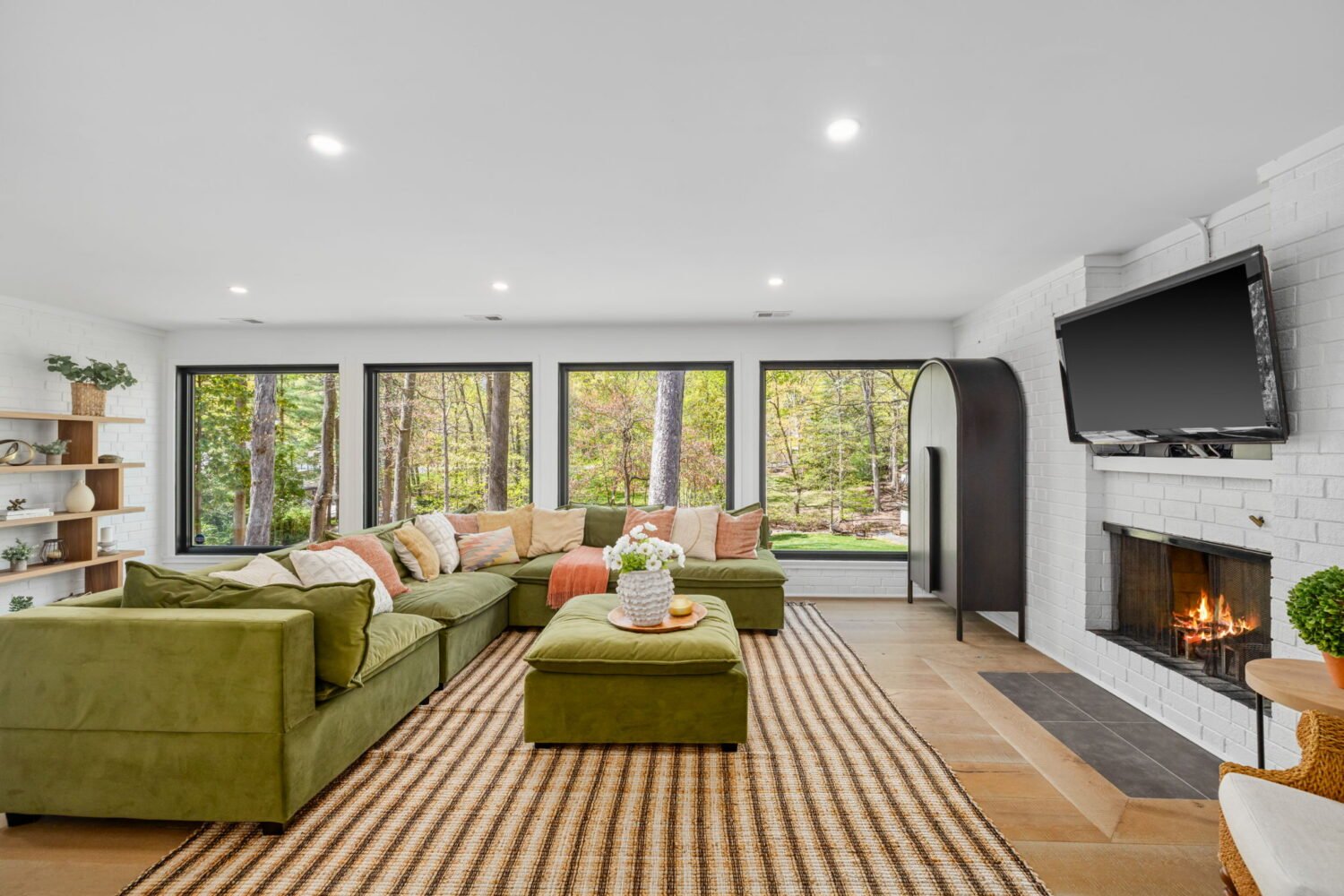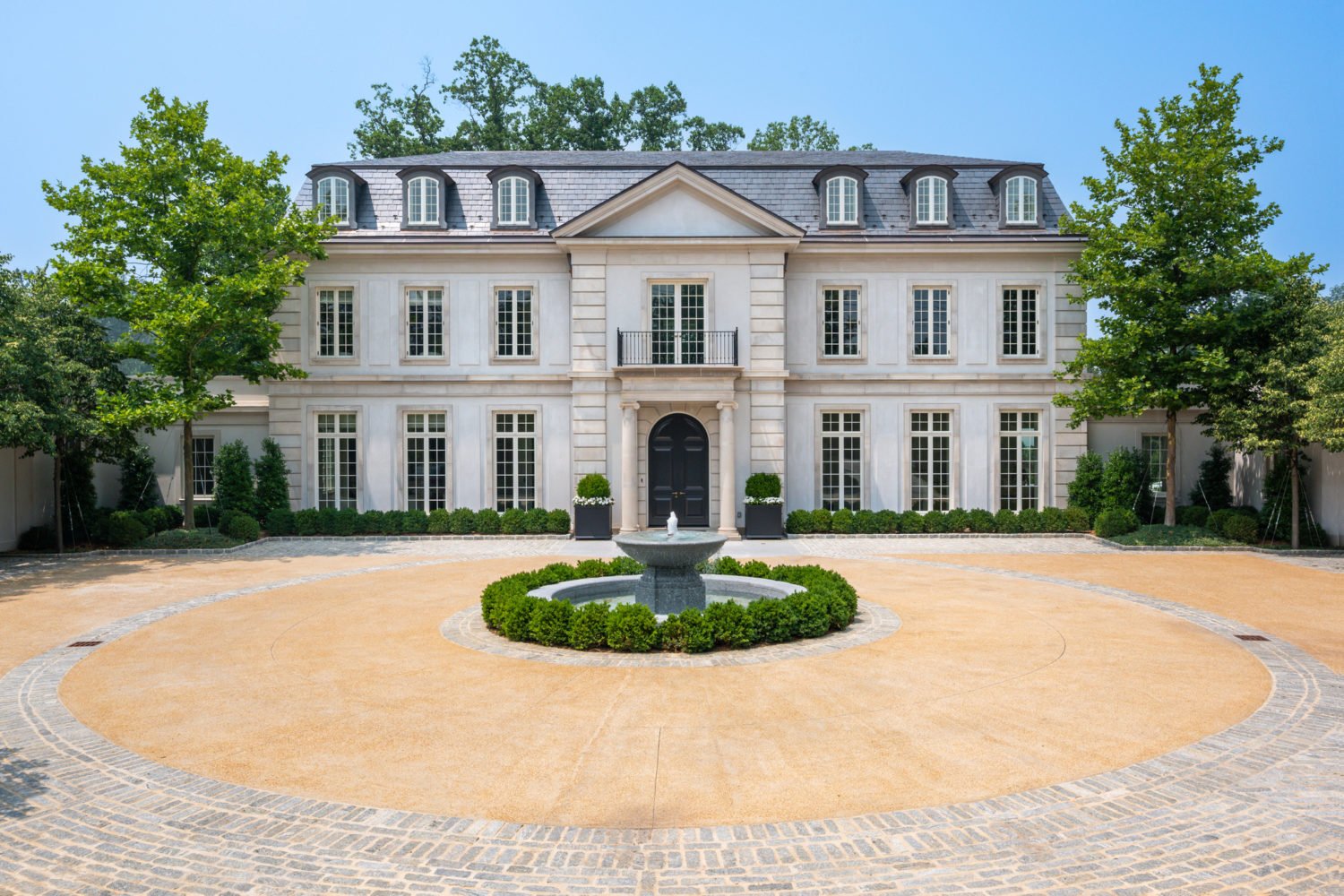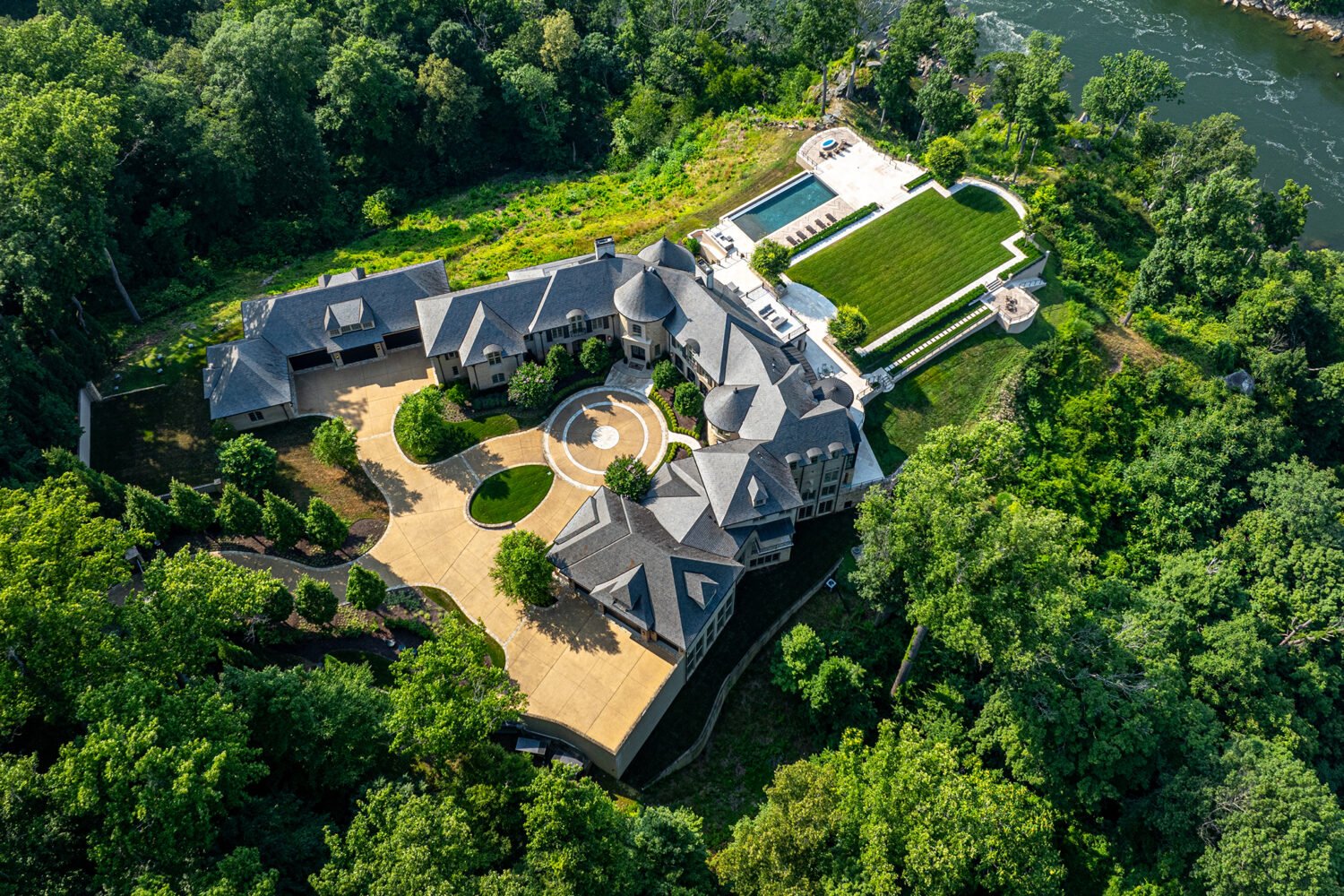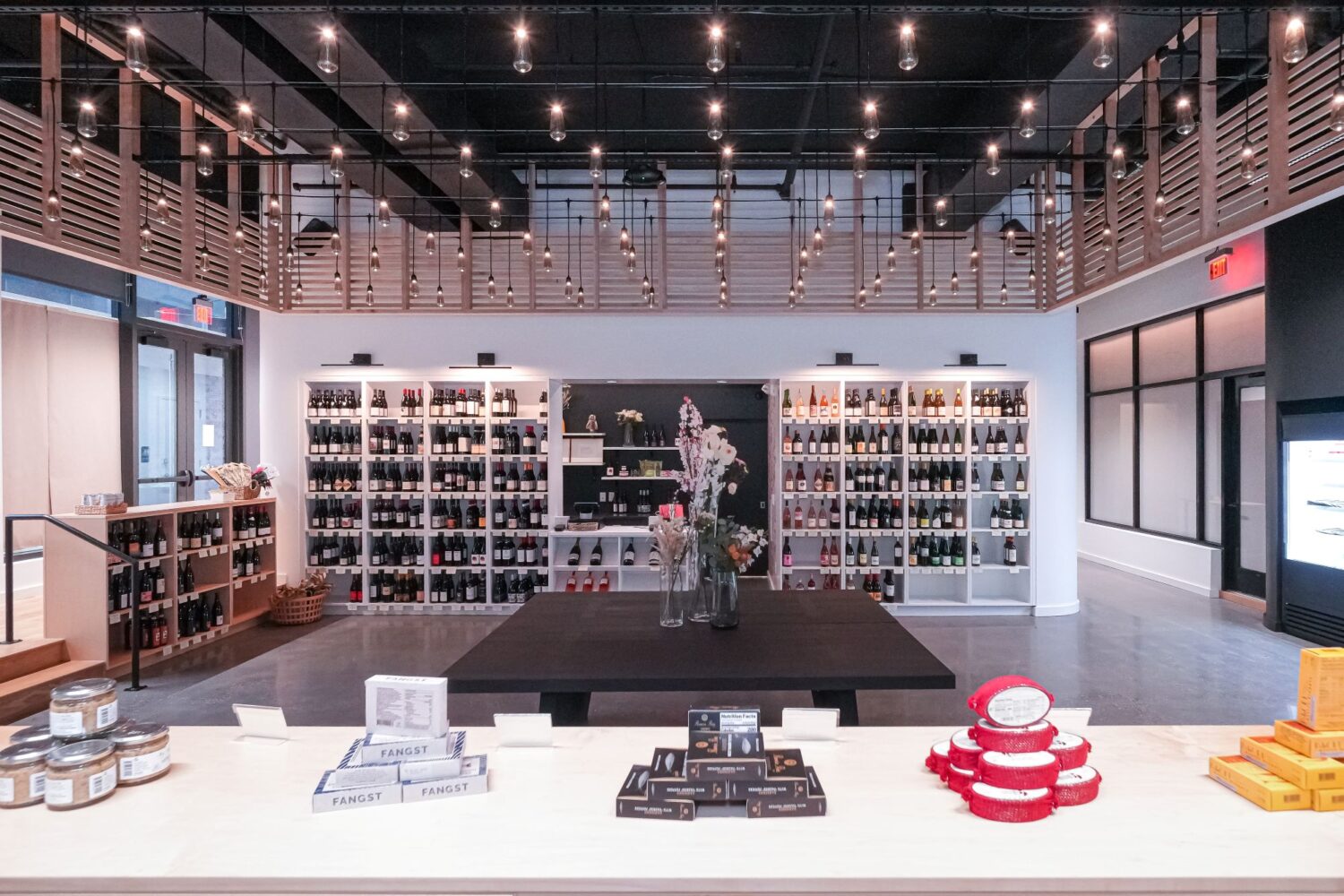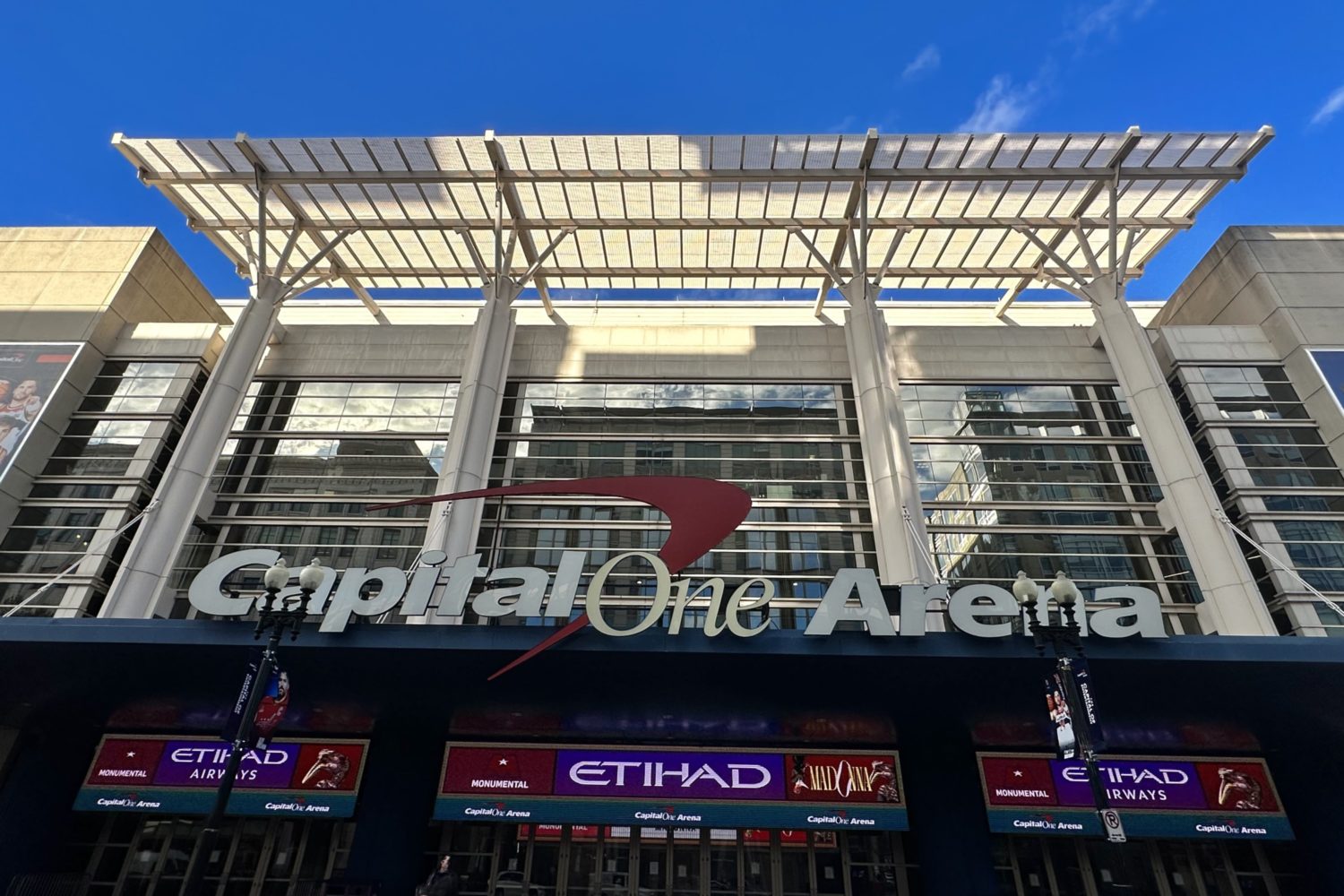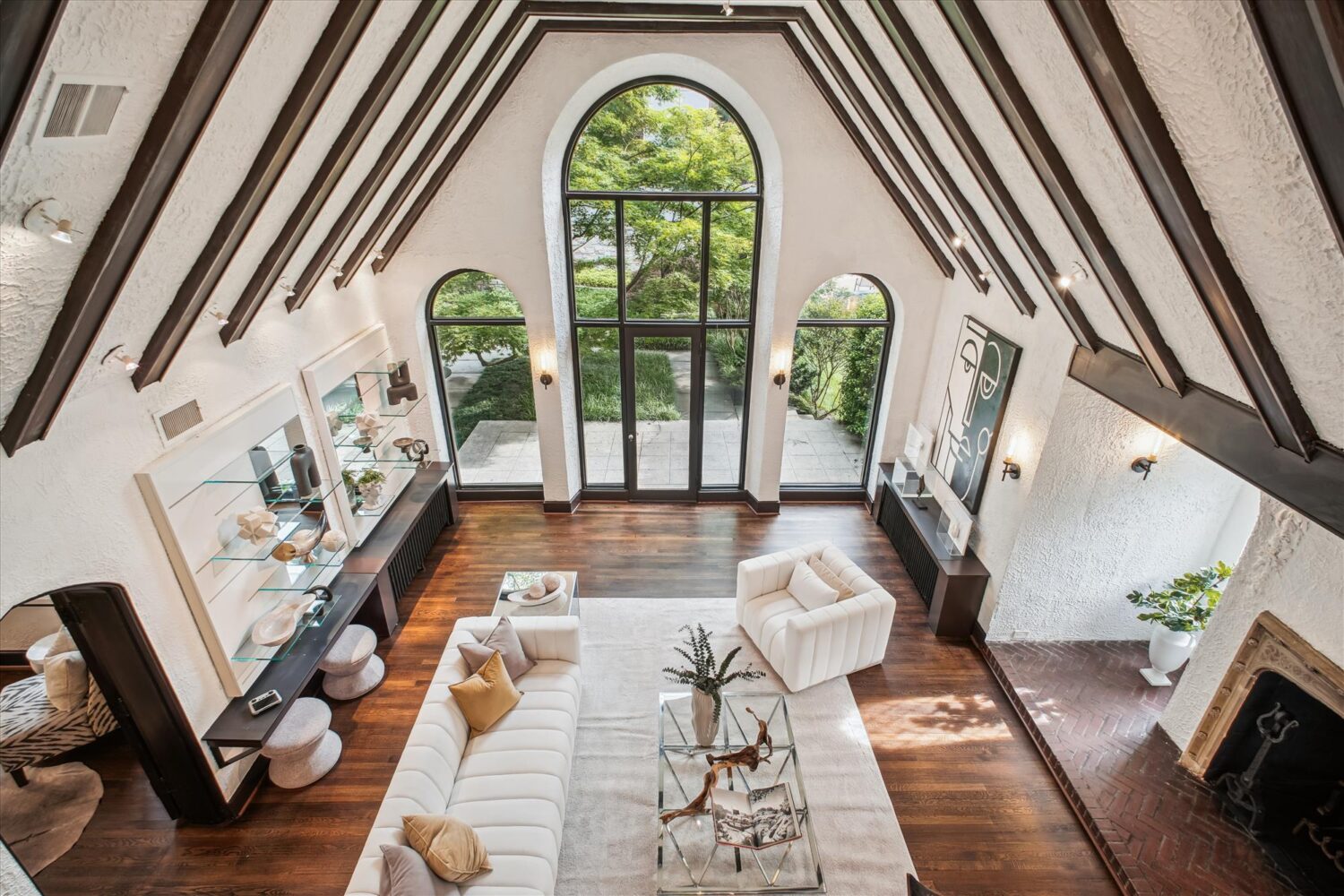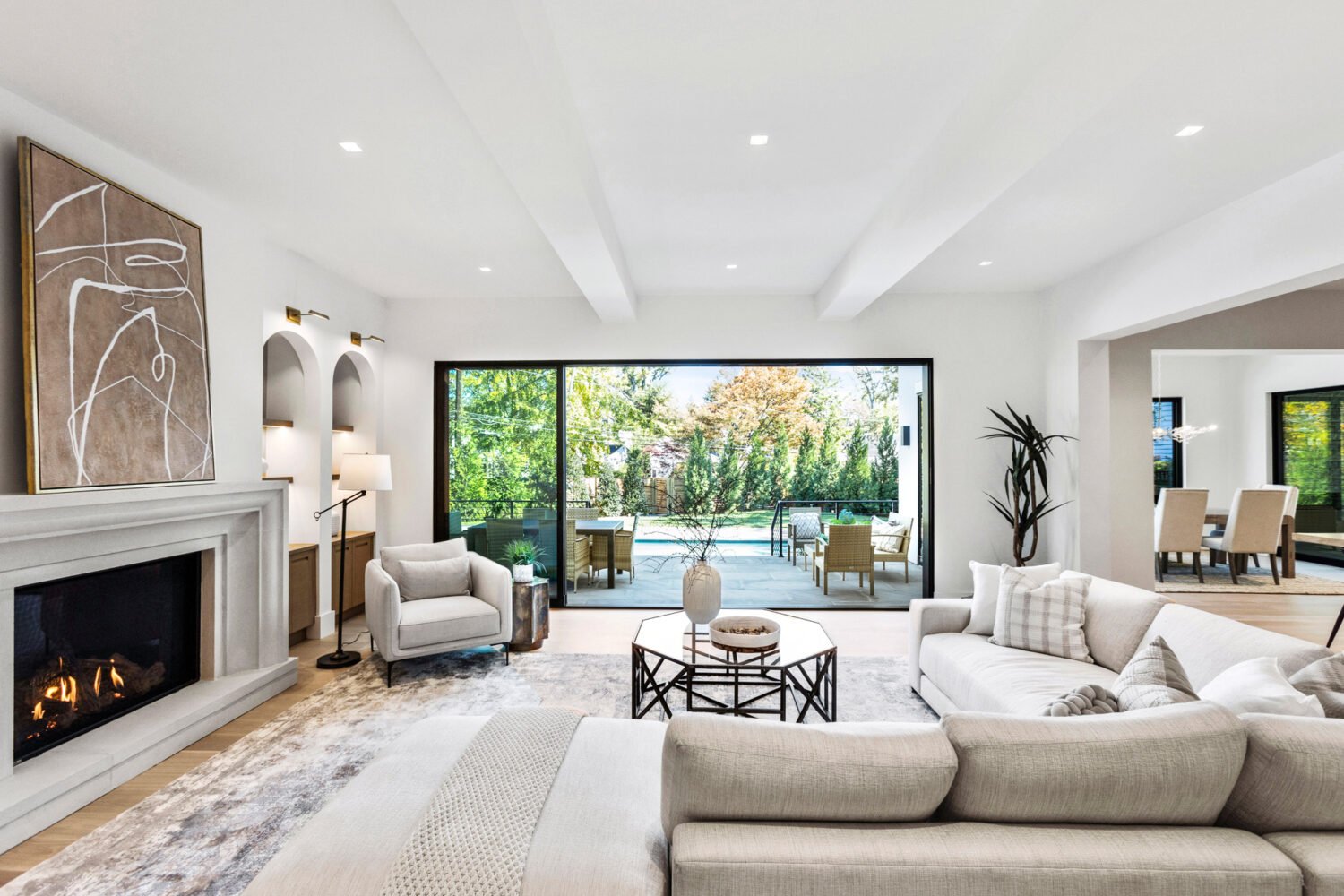Amazon’s HQ2 is coming—and bringing with it more luxury apartments.
Already about 5,300 residential units are planned or under construction in National Landing, the rebranded area that includes parts of Crystal City, Pentagon City, and Potomac Yard. To accommodate the 25,000 Amazon employees expected to work there, builders are dreaming of ways of adding glitz to the NoVa skyline via the architectural equivalent of Prime Two-Day Shipping.
JBG Smith, Amazon’s partner in developing National Landing, envisions the result as a walkable neighborhood where the tech employees can enjoy public gathering spaces, restaurants, shops, and nightlife. The developer hopes many will live there, too.
William Rich, president of the commercial real-estate research firm Delta Associates, anticipates that some 25 percent of the Amazon newcomers will live in the area. “In the beginning, especially if they’re coming from out of town, we expect these new employees to rent,” he says. Which raises a big question: What will their arrival do to apartment prices in and around National Landing?
With a projected average income of $150,000, a single Amazon employee will have about $3,000 to spend on monthly rent. That would afford that person a two-bedroom unit in a building such as the Altaire in Crystal City, whose two apartment towers opened last fall with a rooftop terrace and pool. But even though developers intend to build more of this kind of high-end community, real-estate experts aren’t predicting a dramatic spike in rents.
Amazon plans to move into National Landing gradually, over as much as two decades—with 400 workers expected to trickle in by year’s end, followed by 1,200 more in 2020. So it’s not as if the rental market will be flooded all at once. Plus it’s not terribly difficult to find an empty apartment near National Landing, says Rich.
The vacancy rate in Crystal City and Pentagon City was 5.4 percent during the fourth quarter of 2018, or about average for Arlington County. “In the short term, I think vacancy rates may drop a bit and rents may rise a little, but over time they’ll likely stabilize because supply and demand will balance as the National Landing area gets developed,” Rich says.
Jen Walker, a real-estate agent with McEnearney Associates in Alexandria, agrees: “We won’t see much of an increase in rental rates because there are enough rentals available. They’re not flying off the market now, and people are even negotiating their rental prices.”
And more supply is on the way.
JBG Smith has 7.4 million square feet of property available to develop, a good chunk of it residential, says Evan Regan-Levine, an executive vice president at the company. The challenge, he explains, is to build more housing close to transit and to Amazon’s offices: “We want to avoid creating future transportation headaches and avoid displacing current renters in the area as more of Amazon’s employees arrive.”
Regan-Levine points to the Witmer, a 25-story luxury tower in Pentagon City, as an example of what he wants to emulate. “Kimco [the building’s developer] took a surface parking lot and replaced it with 440 apartments that are set to deliver this year. That’s a great example of smart growth, right on top of a Metro station.”
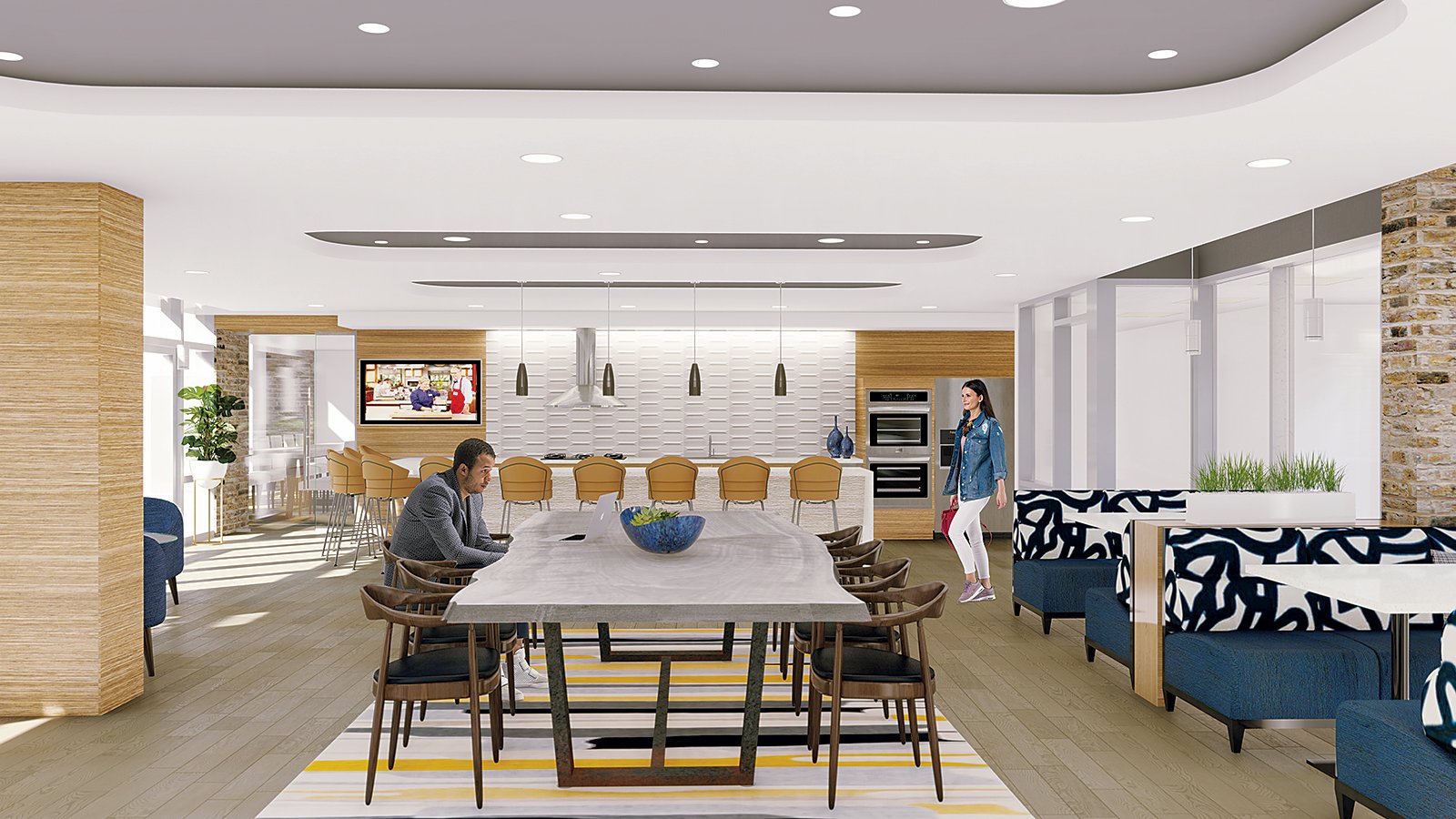
At 1900 Crystal Drive, JBG Smith anticipates constructing 770 apartments to replace an obsolete office building. Regan-Levine says the goal is to finish those residences simultaneously with the first new office building for Amazon. What’s more, “we’re working to make sure we can get additional rezoning for other older office buildings, parking lots, and empty lots so we can transform them for residential use.”
JBG Smith is also working with civic organization the Federal City Council on the Washington Housing Initiative to preserve or create 2,000 to 3,000 units of affordable workforce housing in the area.
Another developer, Roseland Residential Trust, recently applied to expand its Crystal House apartment complex in Crystal City. It’s awaiting approval on a pitch to add several buildings to the site, for a total of 1,626 apartments. Two more high-rises in Potomac Yard, the Clark and the Sur—with a combined total of 702 apartments—are set to begin leasing later this year.
“We’ve studied San Francisco and Seattle, and we know how important it is to make it easier to build multifamily rental housing,” says Regan-Levine. “Our region has a strong history of building rental housing. We’ve got people to build it and policymakers who understand the danger of not creating enough supply.”
This article appears in the March 2019 issue of Washingtonian. It has been updated from an earlier version to more clearly explain the Washington Housing Initiative.



